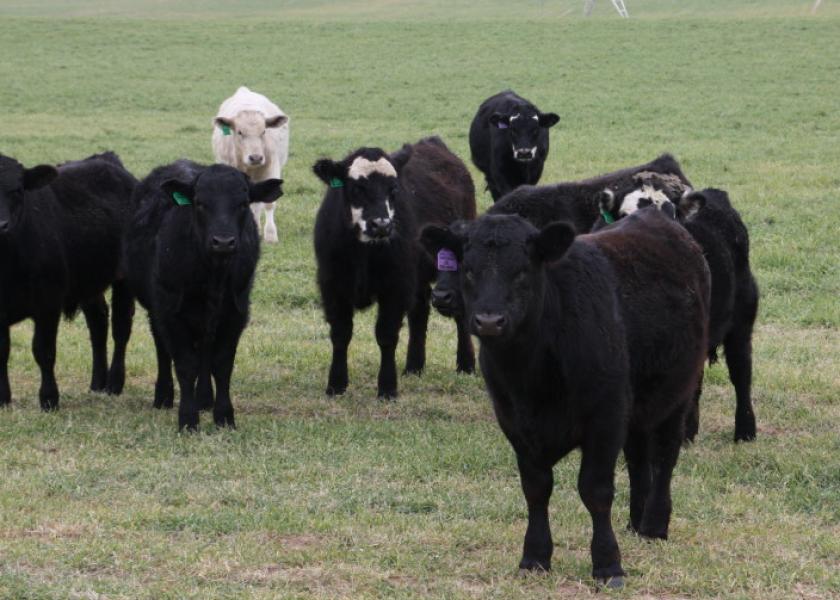Act Now To Add Value To Weaned Calves

Added value can be captured through marketing preconditioned weaned calves or retained ownership past weaning. Along with weaning at least 45 days, preconditioning includes several practices that add value to cattle for the buyer and seller. Beyond this, additional weight gain can be added by growth implants, adding further value to your calves.
- Bovine respiratory disease is the biggest issue for stocker operators and feedlots. Fully vaccinated and preconditioned calves have been shown to have reduced sick pulls in the receiving pens by 90% and decrease chronics by over 70%.
- Castrated steers bring $5-10/cwt more than bulls, and as they get bigger discounts for bulls increase. Intact bull calves are 1.5 to 2.5 times more likely to get sick, and total gain during receiving is reduced, affecting total performance for the entire ownership period.
- Dehorning adds value to horned cattle. Often discounts for horned cattle can match or exceed discounts for bull calves.
- Discounts for horned bulls can reach up to $25/cwt compared to dehorned or polled steer calves.
- Implants can increase gains by 10 to 20%. For the cost of $2 or less, the 18 pounds of added weight at sale can be worth over $25.
- Producers often think they can leave bull calves intact and increase weaning weights due to natural testosterone. Testosterone production is very low until puberty, so weaning weights are not heavier for intact bulls compared to steers. Weaning weights of implanted steers is often much heavier than intact bull calves.
Requirements to enroll calves in the Oklahoma Quality Beef Network marketing program are as follows:
-
- All calves must be:
- Raised from the ranch of origin
- Bull calves must be castrated and healed
- Dehorned and healed
- Weaned a minimum of 45 days
- Vaccinated with 2 doses of a 5-way respiratory vaccine
- Vaccinated with 2 doses of at least a 7-way clostridial vaccine (blackleg)
- Vaccinated with 1 dose of Pasteurella/Haemolytica (shipping fever)
- Identified with an OQBN program ear tag
- Must follow one of three vaccination protocols (options found on health protocol sheet)
- Producers must be Beef Quality Assurance (BQA) certified
- Third-party verified by OSU Extension personnel
For spring calving herds, now is the time to castrate, dehorn, implant and get the first round vaccinations into calves when they are two to four months of age. The second round of vaccinations can be given at, or prior to, weaning. Act now to add value at weaning and beyond.
For more information refer to www.oqbn.okstate.edu or contact your local Cooperative Extension Office.
Mark Johnson provides information on preconditioning programs on SunUp TV https://www.youtube.com/watch?v=WprPp69FvKI from July 3, 2021 and adding value to calves https://www.youtube.com/watch?v=ZILQHZVjCwk from July 10, 2021







